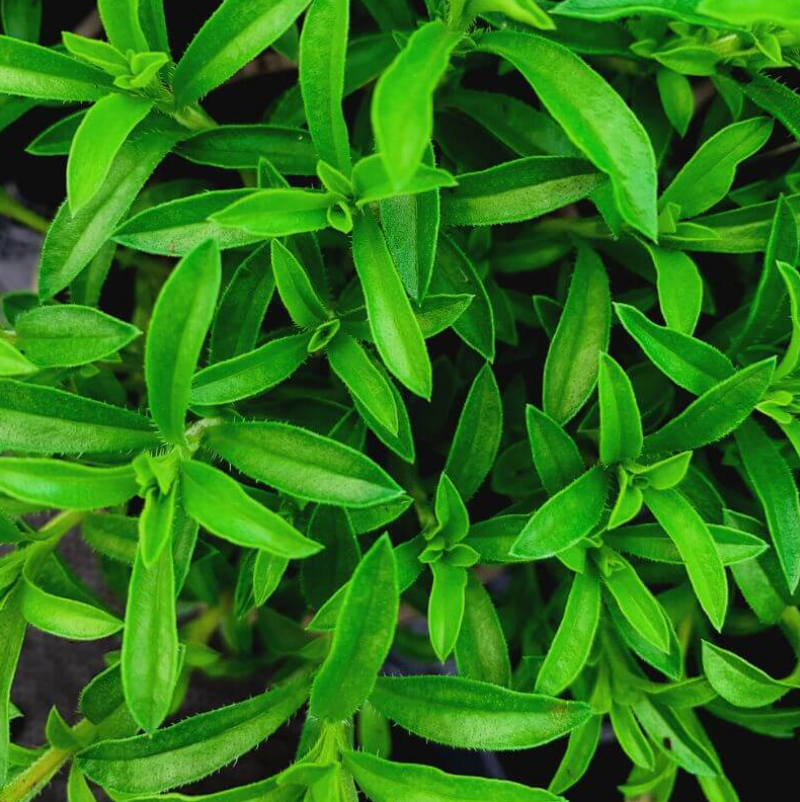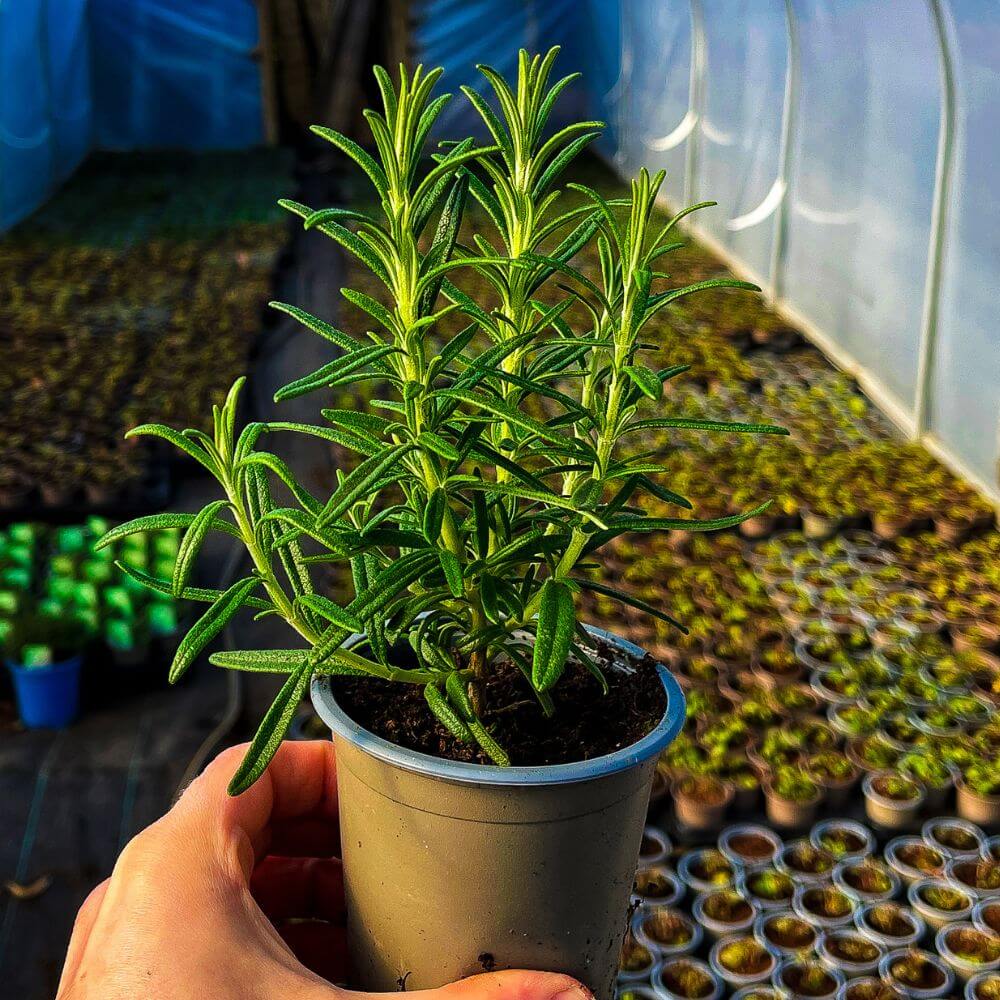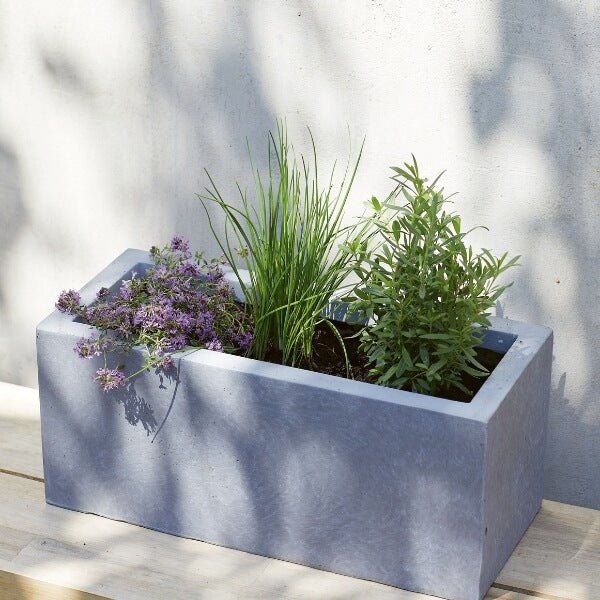How to grow Hyssop
Hyssop is an extremely versatile herb with a rich history dating back to ancient times which brings both culinary and medicinal benefits to your kitchen garden. Its vibrant green leaves and vibrant blue flowers is what gives it character aesthetically, whilst to take you'll notice a mildly minty, yet subtly sweet flavour when added to dishes. Its aromatic essence complements various culinary creations, from soups and salads to marinades and teas. Easy to grow, this resilient herb is a delightful addition to any home garden.
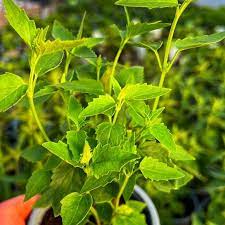
Where is best to plant hyssop in the garden
Hyssop plants will thrive in well-draining soil and plenty of bright sunlight, making it ideal for a sunny corner of your garden. The more sunshine these tasty leaves get, the richer their aromas and flavours will be, but they will tolerate partial shade if need be. These herbs dislike waterlogged conditions so avoid any heavy clay areas which can remain body during rainy weeks of the year. This herb adapts well to various soil types but leans towards a slightly alkaline pH if you're getting scientific.
How to grow hyssop
Like many similar herbs, hyssop is best grown from a pot plant, like the 9cm versions we sell here on our online plant shop! Once they arrive at your door, we recommend giving them a good drink in case they've been a little thirsty during their journey, and then get them settled into their final homes. Companion plant them with other herbs such as rosemary, thyme and sage for a classic pairing, or add them into beautiful borders to enhance the sensory experience and you'll enjoy them for many years to come. You can also clone mature hyssop plants, either by division during the dormant seasons of early spring or late autumn, or by taking cuttings and growing them on in water or an alternative growing medium. This is a really fun way to get to know you plants, and create more of them to share with friends and family too!
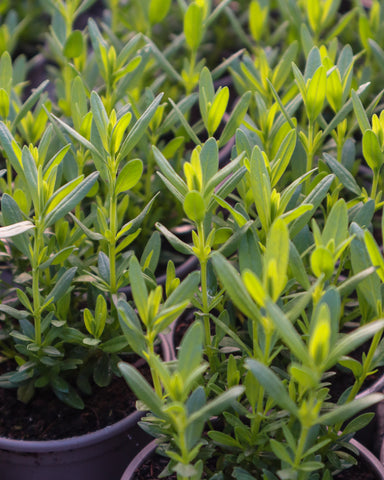
How to prune your hyssop plants
Pruning hyssop is a relatively straightforward process that enhances the plant's appearance and vitality. In early spring, trim back established hyssop plants to encourage bushier growth. Make sure you use clean, sharp shears to cut back about one-third of the plant, focusing on removing dead or damaged wood. Regular pruning not only helps to maintain a compact shape but also stimulates fresh growth and ensures the flowering lasts for as long as possible. Keep an eye out for any yellowing or damaged foliage throughout the growing season and prune them away as necessary, alongside spent flower heads to ensure the plant is putting all its energy into fragrant leaves.
How to care for hyssop plants in the winter
Before the frost sets in, it's a good idea to make sure your plants are well hydrated, as winter winds can lead to dehydration. However, be careful that the roots aren't left sat in water for any prolonged periods of time as this may lead to root rot. You may wish to apply a layer of mulch around the base to help insulate the roots and protects against extreme temperatures which we can face here in the UK which will also help to enrich the soil and lead to a great harvest for the following year. While hyssop herbs are hardy, providing a windbreak or covering with fleece during severe cold spells can prevent winter damage just to be on the safe side.
If you love geeking out on herbs just as much as we do, why not join us in the Herb Club? You'll get to enjoy a whole range of great perks such as exclusive discounts, expert masterclasses and more!


